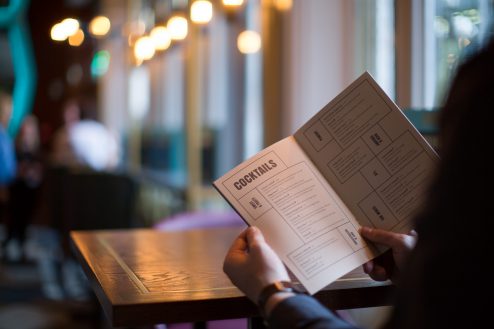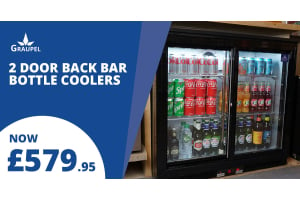
For any restaurant, the menu is most likely the first (and possibly last) thing a potential customer is going to look at before deciding to dine at your restaurant. It can’t be argued that a menu mirrors the level of quality you deliver to customers making it one of the most critical parts of your business. So, when it comes to changing it, there is always the fear that the change will have a drastic effect on your sales, the dread of removing the wrong item off the menu resulting in the business slowly decline, or the fact of increasing your prices will drive customers away.
However, most of the time the changes pay off and sometimes the changes go unnoticed by customers. What will alert customers to changes and repel them is the longer you take to make them.
To help with the process of updating your menu, you might want to apply these points to your thought process:
Keeping the menu short
Too much choice is overwhelming for both customers and staff; keeping your menu concise will make your customer's decision process more straightforward and ensure staff can learn the whole menu easier to provide recommendations. Having ten starters, 10-15 mains and 5-8 desserts will provide enough choice while allowing room for specials and weekly chef features. A smaller menu will require less variety of ingredients saving you money on stock and will reduce the chance of ingredients from going bad before being used in a meal.
Know your diners
Are your diners mostly families eating with young children, or college students with minimal budgets? Knowing the characteristics of the demographics you are targeting makes it easier to hone in on specific menu items that will appeal to those customers.
Additionally, research shows that men and women tend to order along gender-based lines, so make sure your menu descriptions account for both preferences. Men tend to order meals that are described as being hearty and filling, while women lean toward lighter options. Crafting descriptions that appeal to both of these groups will help your menu appeal to people across the board.
Using sensory words
Use sensory words – such as “fiery,” savoury” and “crispy” – to describe your dishes. Their senses drive people, and by using tantalising yet straightforward terms that speak to each of the five senses, you paint a clear picture of what diners can expect from the dish. One study conducted by ScienceDirect found that using descriptive labels increased sales by as much as 27 per cent and improved diners’ overall attitude toward the food and restaurant.
Create a recipe manual
Every menu should have a recipe book that serves both as a reference when starting a new menu and a training guide for new cooks. A recipe book should be organised merely for quick reference. There should be tabs for each section of the menu, and the recipes in that section of the menu should be put into the recipe book in the same order they appear on the menu.
Consider the layout
Your menu is an extension of your restaurant’s brand. And while just about every customer reads your menu, you typically have their attention for a total of 109 seconds. Organise your menu into categories to make it easier for guests to skim and quickly find what they’re looking for. Call out speciality items with boxes, bold text and colours, which increases the likelihood these items will be seen and ultimately ordered.
Removing the pound sign from your prices
Lots of catering chains have started to remove the pound sign from their menus. Carluccios, Byron, Giraffe and café rouge have all withdrawn their pound signs from the menus. A study conducted by Cornell University Centre for Hospitality in America found that removing the dollar sign from menus increased sales by 8% in the respective restaurants. By removing the price sign, the price as an entity take ups less space on the menu which diverts attention away from it, this is a great way to make price changes without it appearing to be a notable change.








